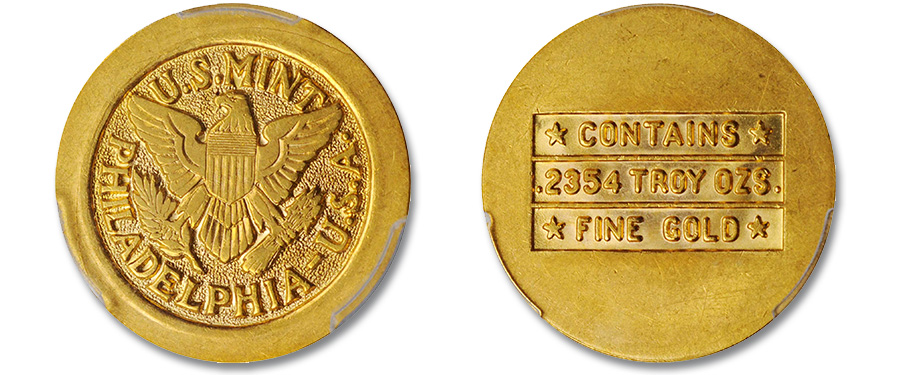
American interest in foreign oil supplies increased following World War I, with a focus on the Middle East in particular. The Standard Oil of California company entered into an agreement with the Saudi Arabian government in 1933 which would allow for the exploration of oil within the kingdom. Success was achieved four years later, with other American oil companies buying in during the following decade. Given the continued need for petroleum, especially with rebuilding in the aftermath of World War II, the investment in Saudi oil proved very important to American interests. The joint venture eventually became known by the name Arabian-American Oil Company, or ARAMCO for short, and was required to pay royalties to the Saudi government in the sum of $3 million per year. The kingdom’s distaste for fiat currency and desire for hard assets caused the specification that the payments be made in gold. While this requirement was relaxed during World War II, the Saudi government insisted upon its reinstatement toward the end of the war, meaning that ARAMCO needed to obtain the gold necessary for the payments. The war had caused an increase in gold’s market value, meaning they would have to pay a much less favorable rate. As the continued, uninterrupted supply of Saudi oil to America was of vital concern, the U.S. government agreed to provide gold bullion by which a "token" coinage could be produced, with ARAMCO agreeing to cover the cost of the bullion as well as the production of the coinage.
Struck to the fineness of the British system rather than that of the United States (on account of the Saudi familiarity of the former), the initial output of these gold "coins" in 1945 featured 493.1 grains—a little more than a troy ounce—and displayed the fairly simple design of an American eagle along with a reference to the purity and a designation of the place of manufacture: the U.S. Mint in Philadelphia. A smaller version was subsequently struck in 1947 at a quarter of the weight of the previous issue. Though the larger issue was quickly traded by the Saudi government at the market rate, the smaller issue saw some use as a veritable token coinage, owing to its similarity to the British sovereign. The appearance of deceptive fakes, however, caused these to disappear from use as well. Eventually, most of this output, both large and small, found its way to the melting pot, with very few survivors. Our June Collectors Choice Online (CCO) auction will feature one of these smaller "denomination" pieces graded MS-64 by PCGS. This stellar grade makes it clear that this example not only avoided being melted down, but it also spent no time in use within the marketplace. It is a great survivor with an incredibly fascinating story. Look for this specimen, along with all of this sale’s great offerings, in our CCO coming online in early June!
To view our upcoming auction schedule and future offerings, please visit StacksBowers.com where you may register and participate in this and other forthcoming sales.
We are always seeking coins, medals, and paper money for our future auctions, and are currently accepting submissions for our June Collectors Choice Online (CCO) auction as well as our Official Auction of the ANA World’s Fair of Money in August and our fall Hong Kong Auction in September. If you would like to learn more about consigning, whether a singular item or an entire collection, please contact one of our consignment directors today and we will assist you in achieving the best possible return on your material.





